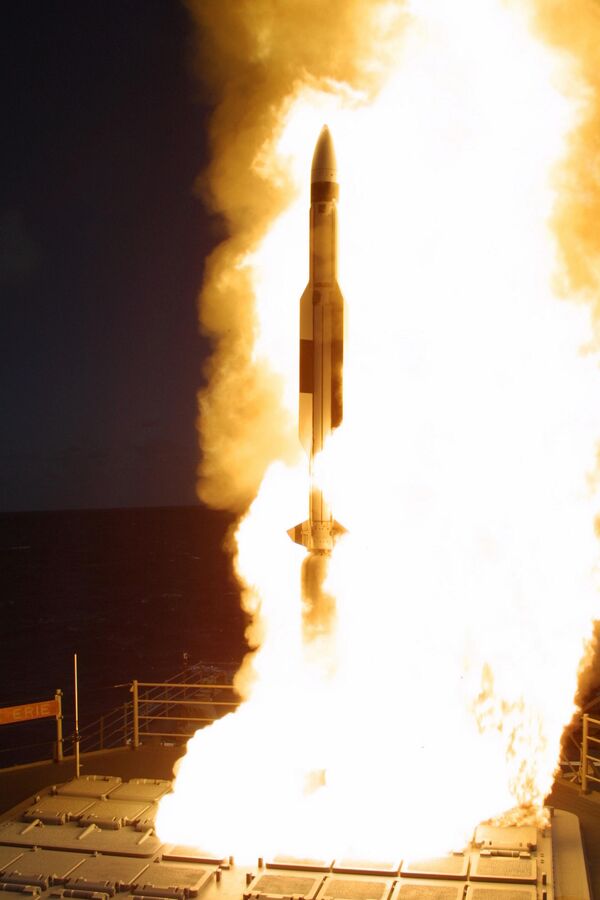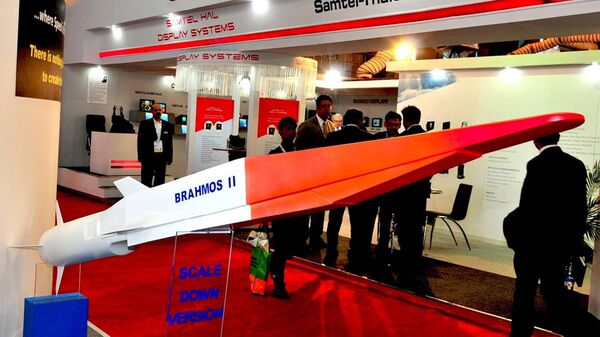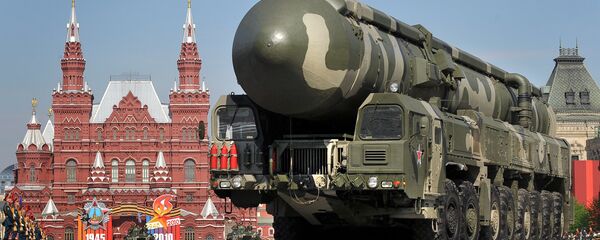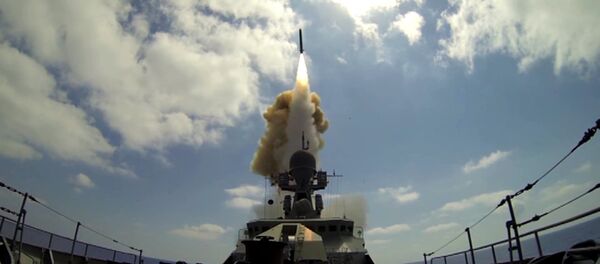Russia's Zircon maneuvering hypersonic missile may turn the US strategic naval doctrine upside down, RIA Novosti contributor Andrei Stanavov notes.
Exactly 55 years ago the USSR successfully tested its supersonic nuclear-armed anti-ship missile K-10S (NATO reporting name: AS-2 Kipper).
"The creation of a new class of weapons radically changed the balance of power at sea," Stanavov recalled. "US aircraft carriers ceased to be an indestructible offensive force and turned into highly vulnerable large-scale targets."
The journalist called attention to the fact that the Soviet Union chose the tactic of asymmetrically responding to new military challenges. The USSR legal successor, Russia, continues to adhere to the same strategy.
The top-secret 3M22 Zircon project (NATO reporting name: SS-N-33) has been tested since 2016.
The journalist pointed out that one can hardly find any information about the secret weapon.
"It is only known that, according to some estimates, the rocket can reach a fantastic speed of Mach 10, which means that it can travel almost 3.5 kilometers (2.17 mi) per second," Stanavov highlighted.
More importantly, the Zircon's extraordinary speed makes it nearly invulnerable to modern missile defense systems installed on aircraft carriers.
"Even the famous American multifunctional naval combat system Aegis [armed] with [SM-2] Standard missiles is powerless," the journalist stressed.
The crux of the matter is that the Aegis' reaction time is about 8-10 seconds. Even at a speed of 2 kilometers per second, the Zircon will travel a distance of 25 kilometers (15.5 miles) in this period of time. Thus, the US much-praised missile defense system would have no chance to detect and destroy it.

According to Admiral Vyacheslav Popov, a Russian military expert and former commander of the country's Northern Fleet, the creation of hypersonic weapons is an important step in the development of the rocket industry. Popov believes that it will have a serious impact on the balance of power at sea.
"These weapons… [will] substantially boost the defensive and offensive capabilities of the party that possesses them," Popov told RIA Novosti. "Currently, there are no means of countering hypersonic missiles, but I am sure that they will be found some day."
In addition, the new hypersonic rockets could be used on "Bastion" coastal defense missile systems and on warplanes.
US analysts have repeatedly warned that the Zircon could pose a significant challenge to American aircraft carriers.
"Even more troubling for a carrier's air defenses are a new generation of hypersonic missiles — weapons exceeding five times the speed of sound. On June 3, Russia claimed to have successfully tested the hypersonic Zircon missile, with a reported speed of 4,600 miles per hour," Sebastien Roblin of The National Interest wrote in June 2017.
Ivan Konovalov, the director of the Center for Political Environment think tank, confirms that the Zircon deserves to be called a "strategic rocket."
"A single launch could somehow be intercepted, but if there are 10 of them — there is no chance [to resist them]," Konovalov told RIA Novosti.
"I'm sure that the creation of this missile has come as a complete surprise to our potential adversary and forced him to adjust the plans for the military deployment of its fleets. They will certainly look for an 'antidote,' but so far there is none," the expert emphasized.



